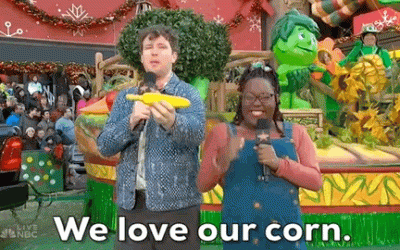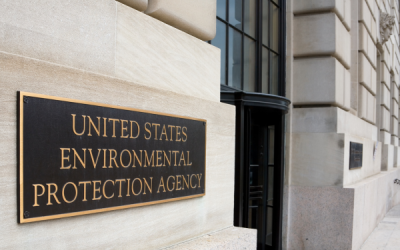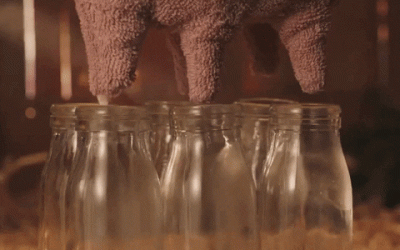The FDA’s Food Traceability Rule hits in January 2026. And a recent report from the Reagan-Udall Foundation found that retailers, suppliers, and distributors have no idea how it works.
Deets: The new rule will require anyone manufacturing, processing, packing, or holding foods on the Food Traceability List “to maintain records containing key data elements associated with specific critical tracking events and provide the information to the FDA within 24 hours.”
There are a lot of moving parts. Companies shipping foods under the ruling would need to provide Traceability Lot Codes (TLCs) for each lot of food.
Warehouse management systems play a huge role in the process, but can vary greatly. “Most are likely not capable of capturing all [required data points] without significant upgrades or overall system replacement,” the report said.
When it comes to reporting, participants are confused on when they need to submit a spreadsheet template requested by the FDA. If there is a foodborne illness outbreak, there’s more confusion on how the FDA investigates, or what happens if the codes or labels are lost or damaged—as this leads to unreliable reporting.
This is kind of a big deal: Annually, 48M Americans get sick due to foodborne illnesses. In 2022, 419M units of food were recalled, a 700.6% increase from 2021. Traceability and transparency are critical.
Where this goes: Survey participants said they want more pilots, the ability to share what they’ve learned, and tests for small, medium, and large businesses. They’d also like to explore public-private partnerships with state regulators and public health agencies—and the FDA said it’s willing to make this work.
Short Corn Packs a Punch
Dynamite comes in small packages—which can be true with new seed technology. What’s...
Congress to EPA: What’s Your BEEF with Meat Packers?
The Environmental Protection Agency (EPA) is considering new regulations that take aim at meat and poultry processors.
And some members of Congress have a BEEF with the EPA’s proposals.
The proposed rules: In late January, the EPA released the details of its proposed “Clean Water Effluent Limitations Guidelines and Standards for the Meat and Poultry Products Point source category.”
Huh?
Basically, the EPA formally published its proposals to combat wastewater contaminants that come from slaughterhouses.
Okay… that makes more sense.
At the heart of the rules proposal is a concern from environmental groups about nitrogen and phosphorus pollutants that originate from slaughterhouses. In some cases, the wastewater goes directly into waterways. In other cases, the water goes to municipal wastewater treatment facilities.
But not everyone is on board with the EPA’s suggestions…
Congress responds: Last week, two U.S. representatives—Eric Burlison (MO) and Ron Estes (KS)—pushed back against the EPA and introduced the “Banning EPA’s Encroachment of Facilities (BEEF) Act.” If passed and signed by President Biden, the law would prohibit the EPA from finalizing, implementing, or enforcing the rule.
According to the lawmakers, the proposed rules place undue burden on small processors—costs that can be absorbed by larger companies.
Soundbite: “The… proposed regulation isn’t just an attack on family-run small businesses, it’s an attack on rural communities,” said Burlison. “These meat and poultry processors are the lifeblood of our communities. The BEEF Act… lets these hardworking Americans do what they do best, produce safe, affordable food for our families.”
University of Illinois Makes Big Mooves in Milk Production
Pump it up: Scientists led by Matt Wheeler at the University of Illinois Urbana-Champaign are...




